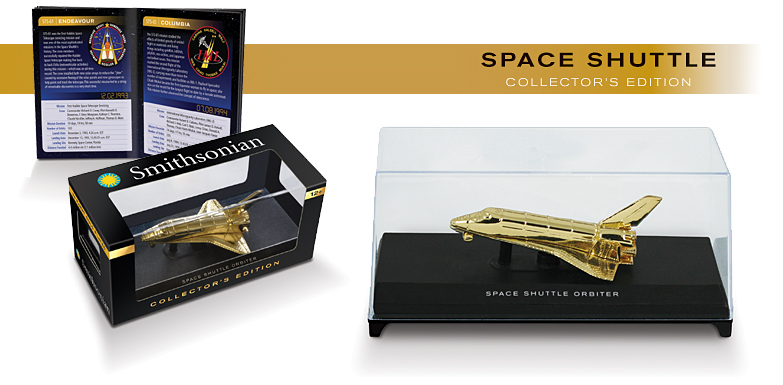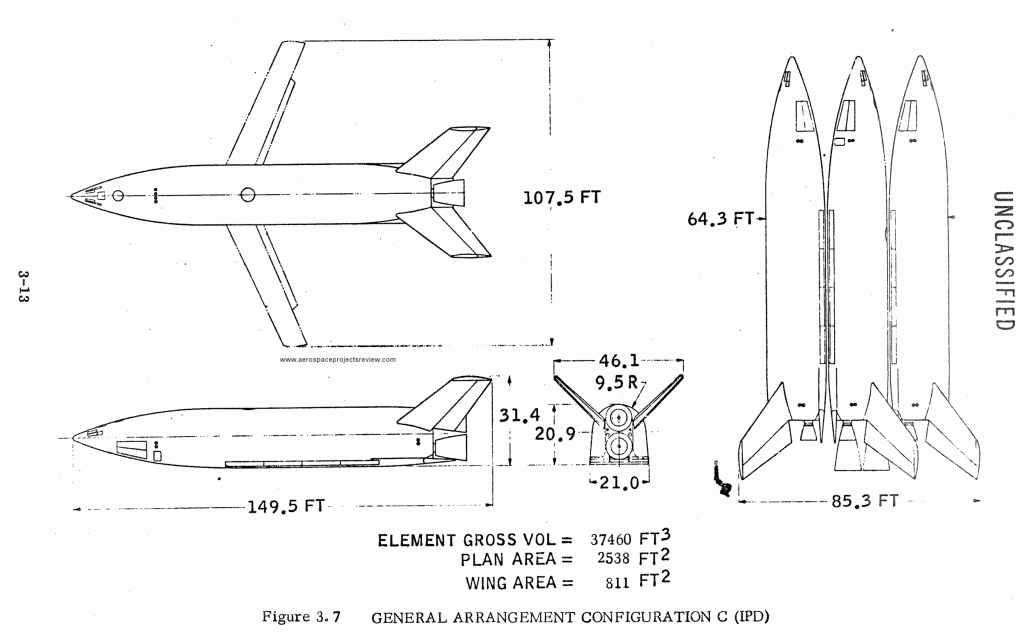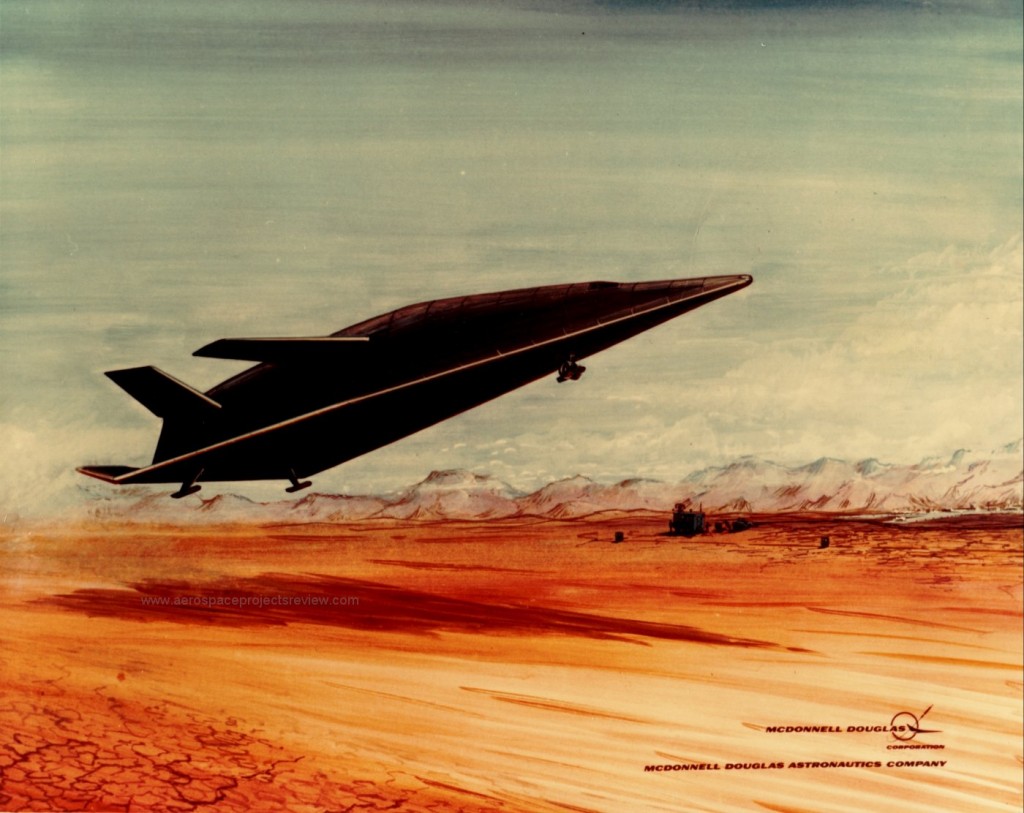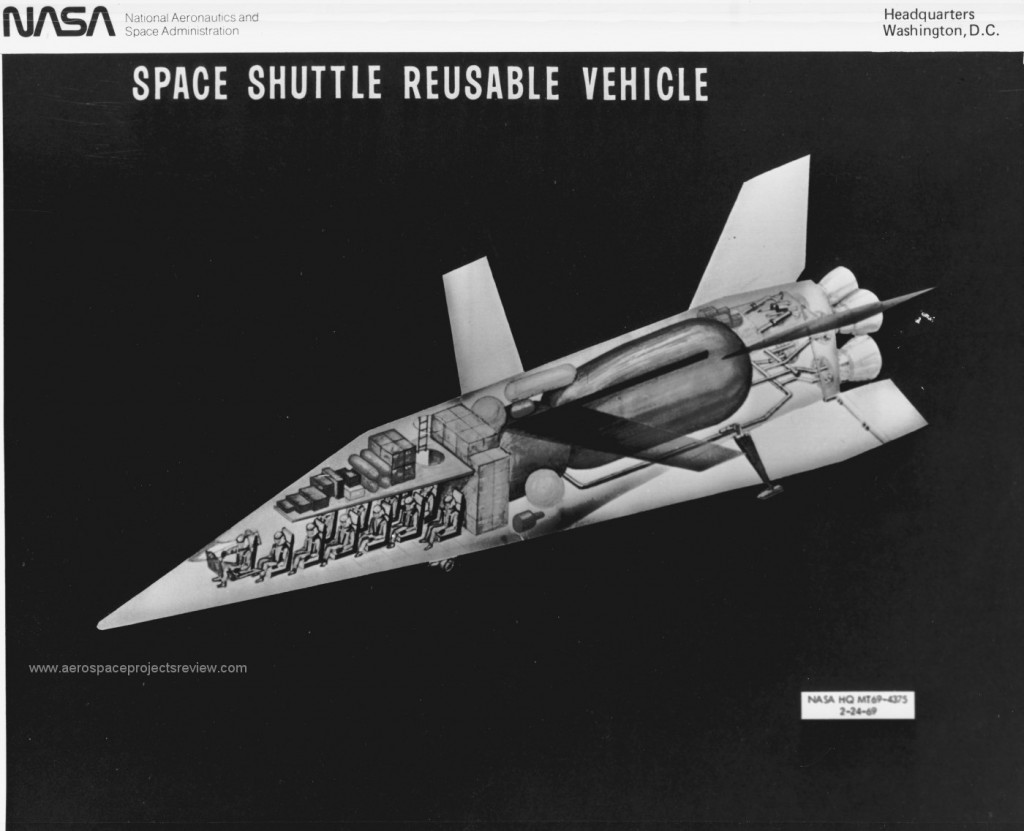For several years I’ve been looking for a cost effective way to “gold plate” display models without actually plating them in gold. I know it’s possible…. cheap plastic toys are often “gold plated” by way of vapor-depositing aluminum on them, then putting a yellow-tinted clearcoat over that. The results can be quite successful. For example:

Aluminum plating these things is cost effective because it’s done on an industrial scale. Getting it done on an individual part scale? Meh.
I’ve tried every “gold paint” that I can find, and not a one of ’em actually looks like gold. The best of them looks like… gold paint. So, yellow-clear-coating “chrome” seems about the only way to go.
The closest you can come to “chrome” without actual metal plating is one of a few specialty paints. I’ve heard good things about “Spaz Stix Ultimate Mirror Chrome,” but have not tried it.
One thing I have used with some notable success is Alclad II Chrome in an airbrush. Applied properly, it’s not quite an actual mirror surface, but it looks pretty damned good. So, I decided to try yellow-clear-coating Alclad Chrome to see what I get.
First up… I took a 1/24 Dyna Soar display model and chromed it. This was a model built from all the parts that stink… the original body mold was seriously flawed (and has been replaced with a mold that’s great, producing awesome castings), and the smaller parts were early castings that were munged up in various and sundry way. It was assembled as a fit check, and to be used in sizing things like the display stand and the packaging. Since it is and always will be a serious mess, I didn’t go overboard in surface prep. When using Alclad Chrome, proper surface prep is vital, but this was just a test… and on the whole the results looked pretty good anyway:
I then oversprayed part of that with Alclad clear yellow. The results:
Well, it’s better than gold paint, but it’s still far from being mistaken for actual gold. The yellow seemed to dull the chrome… I wonder if the yellow ate into the chrome and fuzzed it out some. perhaps yellow dye (food coloring?) in something like nitrocellulose lacquer might do the trick…
In any event, I liked the chrome enough that I think I might make me a chrome Dyna Soar one of these days. I’ll be the only kid on my block with one.
——
———–
















